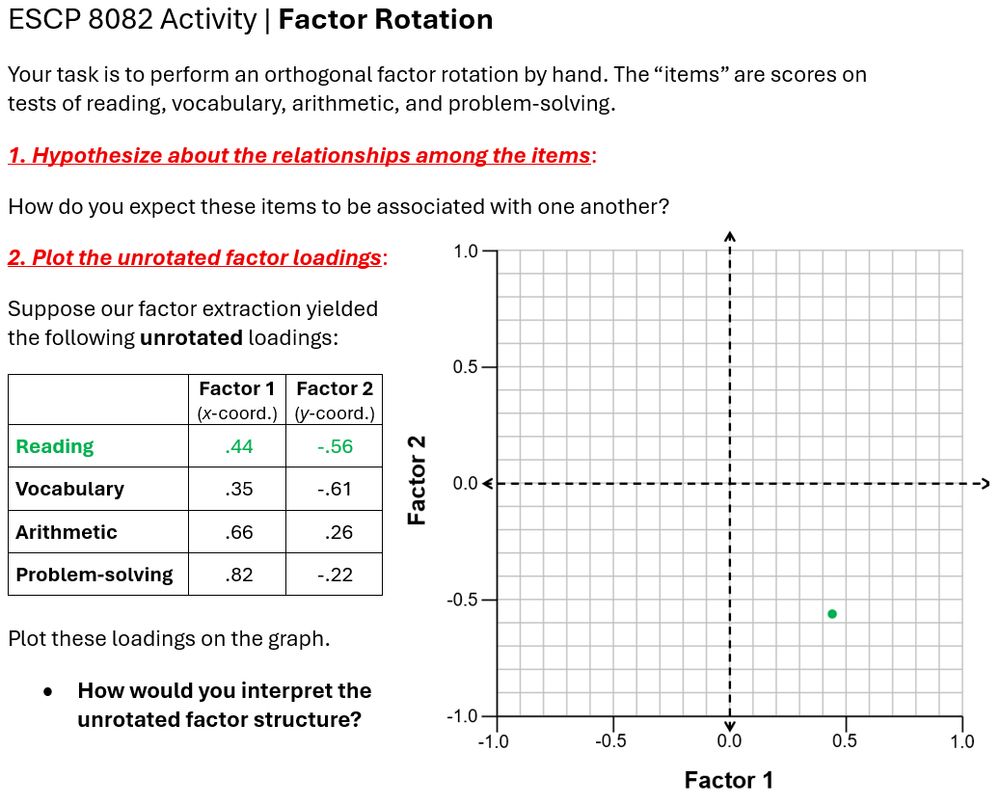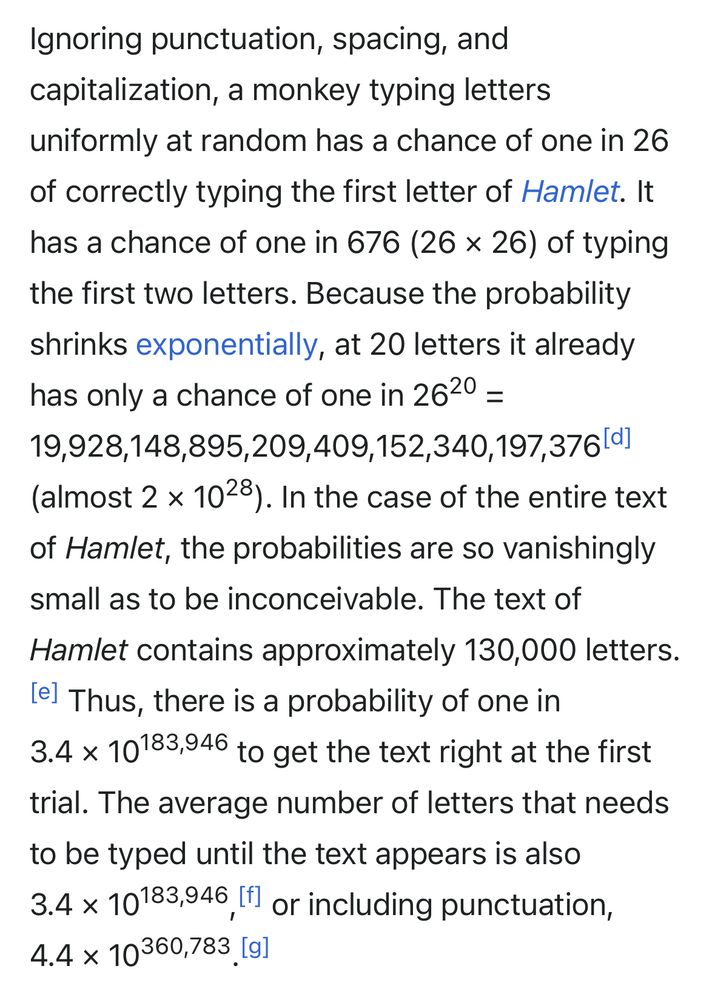Posts
Media
Videos
Starter Packs
Reposted by Wes Bonifay
Reposted by Wes Bonifay
Reposted by Wes Bonifay
Reposted by Wes Bonifay
Jon Bois
@jonbois.bsky.social
· 13d
Reposted by Wes Bonifay
Reposted by Wes Bonifay
Reposted by Wes Bonifay
Reposted by Wes Bonifay
Reposted by Wes Bonifay


















